Social contagion is where campaigners can achieve leverage cheaply
One objection I hear from campaigner friends is that it is not helpful to know about social contagion in beliefs because there is no way to influence social contagion. This is false in the strict sense; we intervene in social contagion all the time in the course of our lives, as that is what human interaction is. This blog post has likely travelled to you through some social network or other.
We might, however, admit that in any given case we may not immediately see social-network-based strategies which are fast or cheap or scalable, or some other desirable quality. Thinking back to the analogy with epidemiology, we can imagine the same objections being raised to the early germ theorists. “What use is this germ theory? It is not like it gives us any way of controlling disease.” And likely the early germ theorists, too, despaired of the possibility of teaching people to wash their hands or boil their water. Back then, though, the answer was “So let us throw that in the bin and return to treating diseases as caused by miasmas.” Rather it was to use contagion theory to decide what to investigate next and devise strategies informed by contagion models. And that is how we were able to unlock new productive methods to control disease, from public education, through to modern antibiotics and vaccines, that have radically altered our ability as a society to cope with disease.
Moreover, to discount the importance of proactive social network methods is to discount the real and sophisticated organising methods. To discount that possibility is to ignore the social-network-based opinion changes that have in fact been stewarded by many and diverse groups, often in a sophisticated fashion. Social-network-based organising has been harnessed by campaigners for queer rights, by fascists, by communists, by unionists, by gun owners, by suffragists and anti-slavery campaigners, by civil rights campaigners and by churches, and now, by trolls, marketers, terrorists and recruiters.
TODO: example citation for each use?
From another angle again, Tokita, Guess, and Tarnita (2021) suggests that intervening in social networks is how radicalisation works. In studying Twitter users they discover that people choose to self-segregate by news source. TODO - that’s polarization. connect to terrorism radicalisation pathway?
Peer pressure has complicated dynamics depending on the structure of the communities (Damon Centola 2010).
For a case study which illustrates perfectly how this plays out, I recommend the podcast Absolutely Devious Lick.
Social brain hypothesis (Bretherton and Dunbar 2020; Dunbar 1993) pro-social group behaviour (Boyd and Richerson 1992; Richerson, Boyd, and Henrich 2003)
How good are we at forming good facty beliefs? Scott Alexander discusses the irritating case study of bodybuilders suggests…. tl;dr: We are not very good at facty beliefs?
Via Byrne Hobart, Odlyzko and Tilly (2005):
This note presents several quantitative arguments that suggest the value of a general communication network of size grows like . This growth rate is faster than the linear growth, of order , that, according to Sarnoff’s Law, governs the value of a broadcast network. On the other hand, it is much slower than the quadratic growth of Metcalfe’s Law, and helps explain the failure of the dot-com and telecom booms, as well as why network interconnection (such as peering on the Internet) remains a controversial issue
An interesting phenomenon happens with free speech;
Persuasion is a publication and community for everyone who shares three basic convictions:
- We seek to build a free society in which all individuals get to pursue a meaningful life irrespective of who they are.
- We believe in the importance of the social practice of persuasion, and are determined to defend free speech and free inquiry against all its enemies.
- We seek to persuade, rather than to mock or troll, those who disagree with us.
In the past years, the political and intellectual energy has been with illiberal movements. Too often, the advocates of free speech and free institutions have been passive, even fatalistic. It is high time for those of us who believe in these enduring ideals to stand up for our convictions.
Or, more exotic for me, Open Source Defense — “100% gun rights, 0% culture war”.
The most generous interpretation of these projects, which I personally incline to, is that here are some individuals who truly wish to engage across the political spectrum, burst filter bubbles and make society as a whole work as a collective project (even though they might disagree with me about some details). The least generous interpretation of those projects is that they are led by people pushing malign agendas who wish to make the other side look shrill and aggressive. Of course, we can have both. Whichever you believe is their intent, if you believe these projects have a chance of success, the rational response seems to be to meet their onslaught of openness, reason and curiosity with openness, reason and curiosity of your own.
In fact there are variant strains of social contagion hypotheses in circulation, depending on how broadly or narrowly we define the terms here, but I think we can gloss over that for now.
There is another concept that is very useful here:
- Social graph
-
My social graph is who I talk to; my family, my friends, my co-workers, my co-religionists, the people I argue with on the internet, etc. We can also refer to this as my “social network” but if I say that, it sounds like I am talking only about Instagram or Facebook or something purely technological. Those internet-based social networks represent one important type of social graph, but not the only one.
Why do we want to think about social graphs? Because these are where we get opinions from.
For a small number of people, who study bushfires, or who live through them, or who suffer from a serious COVID-19 (or vaccine) side effect, their information is not so much a political opinion; they have information of different kinds. But for most of us, our information about these society-wide problems and responses is a political opinion.
For a smaller number of people, who study bushfires, or who live through them, or who suffer from a serious COVID-19 (or vaccine) side effect, their information is not so much a political opinion; they have information of different kinds. But for much of the public, our information about these society-wide problems and responses is a political opinion. And those political opinions, although we might think otherwise, are transmitted to us through our social graph. Let us look at some of the evidence about this.
This is how doing something to fit in with our peers can feel like taking a stand against a society gone mad.
We often get this wrong. I get this wrong every time I try to change a relative’s mind by arguing with them about something; Every time I do that I am falling prey to the fallacy that they (or I) get opinions from argument. I am not saying persuasion of this sort never happens, but certainly being persuaded by argument is an infrequent occurrence for me, if I am being honest with myself, and it is slow hard work for the poor soul who seeks to persuade me.
Outgroup biases mean that it is hard for us to have good models of how other people form their own beliefs; those people in that group all think alike. They are not diverse and independent-minded like us over here. Pro-tip: Everyone in every group thinks that, and few of us have data to back it up.
Starting Not Your Imagination— Society Is Going Insane and I Can Prove It
We underestimate how social our beliefs are
the social networks through which we get our opinions are hard to reason about
as a result, we operate on other models
- rhetorical persuasion
- opinion dynamics are a property of who you are (ethnic group, economic status…
- Personality “types”, intrinsic “values”
By focusing on those effects we tend to discount a more important effect, which is that social networks can explain most of what we believe
For bonus time we could consider persuadability, evidence from influencers, and data from the internet, covariates like in-group membership and status, etc. We can muddy the waters by talking about how homophily and contagion are indistinguishable by observation; mention the obesity question.
I do not notice social contagion. Social contagion feels like
(Goel, Mason, and Watts 2010):
It is often asserted that friends and acquaintances have more similar beliefs and attitudes than do strangers; yet empirical studies disagree over exactly how much diversity of opinion exists within local social networks and, relatedly, how much awareness individuals have of their neighbours’ views. This article reports results from a network survey, conducted on the Facebook social networking platform, in which participants were asked about their own political attitudes, as well as their beliefs about their friends’ attitudes. Although considerable attitude similarity exists among friends, the results show that friends disagree more than they think they do. In particular, friends are typically unaware of their disagreements, even when they say they discuss the topic, suggesting that discussion is not the primary means by which friends infer each other’s views on particular issues. Rather, it appears that respondents infer opinions in part by relying on stereotypes of their friends and in part by projecting their own views. The resulting gap between real and perceived agreement may have implications for the dynamics of political polarization
Some of our preferences clearly are pretty hard-wired in and come from some other place (god? genes? zodiac?). We don’t really need to worry about THAT here though, because opinions are more like roller skates than sexual orientation. That is, they are more like fashion items than hard-wired choices.
Antonio García Martínez, in The Holy Church of Christ Without Christ, belabours the point that faith-based engagement is how we predominantly engage with the world. Or, as Herbert Simon and Eliezer Yudkowsky could have co-authored, belief is how a heuristic feels from the inside.
When it comes to statistics, we understand bucket models very well and have been working with them for a long time. This makes sense when you look at all the early successes of statistics in agriculture and industry going back more than a century. If you are trying to learn which breed of cow is best to keep on your farm, then it makes sense to analyse cows in terms of which breed/bucket that cow comes from.
Social network models are much newer and less well understood, but they are also very important. A big example from recent history is epidemiology, the study of the spread of a disease. If I try to understand my risk of catching a disease by a bucket model, then I am throwing out much useful information. To work out my risk of catching COVID-19, for example, there is some information in which demographic bucket you can assign me to, but really, the most informative bit of information about my risk of catching COVID-19 is whether I have been in contact with someone else who has the disease. That is, COVID-19 spreads along certain connections in my social graph.
And indeed we should expect the similarity to viruses to not be absolutely perfect for every possible idea. There is no literal physical bacterium or virus which transmits ideas around in little strands of RNA or DNA.
OK, what exactly do I mean here by social contagion of beliefs? Do I mean that ideas are literally like viruses, and that there is some tiny molecule that carries belief from one person to another? Absolutely not. The ways that contagious beliefs are like contagious diseases is in their broad-brush behaviour. Ideas can rapidly spread from person to person, and the greater the contact the greater the potential is for transmission. If two groups are very separated they will not transmit ideas, and so on. You get the idea. Opinions and viruses can both be described very well in terms of epidemiology. Just as we understand how disease spreads by looking at person-to-person contact, so do we with ideas.
The overarching theme is that to understand why people believe things you need to see who they hang out with.
I disagree. In fact, it is one thing that we can do. Walking down the street to talk to someone new is within the reach of most citizens.
Points to touch upon:
The problem with models of people’s intrinsic personality types and values are several:
- We cannot ethically do brainwashing experiments or remove individuals from their communities, so our data is usually fairly observational; we do not know how hard it is to change a fundamental value.
- Research about the stability of personalities is complicated and fraught (Big 5 traits are a mess, there are probably things that are stable about people over time but we don’t know how to disentangle that from their communities).
- Even if we know what is stable over time, there is no God-given mapping from a small local personality trait to a nebulous massive confusing contested complicated thing like a mass-scale policy; Different policies get their values from how and by whom they are presented not by any intrinsic quality (If I ask what the preference for a given marginal tax rate for a given income bracket should be for a given vote conditional on their measured values of Agreeableness and Neuroticism, what will you tell me?)
Do we need to go into HPS and observational experiments here?
Return to earlier example.
It has been battle-tested and weaponised.
Bringing people together in common cause
Even if you have personal qualms about the stringency of the sampling methodology used in biblical tales, the Bible has served as an excellent blueprint for recruiting for many churches throughout history.
Let’s go viral
In a social-contagion informed policy we start by considering what it means to go viral. We care less about whether someone responds to a message per se than we care about how likely they are to pass on a message, and who they will pass it on to, and how.
Here we want to know if things are retweetable.
Hayward (2005) explicitly uses an epidemic model to study the growth of churches, where the growth or stagnation of the church is due to the contagiousness of recruits in their infectious phase.
Caveats: Duncan J. Watts and Dodds (2007) finds that influentials are defined relatively; if people are easily persuaded to take on a new idea it might be worth identifying the influencers in the network, but for entrenched ideas, might want to try other methods.
Weak ties and superspreaders (Bakshy, Rosenn, et al. 2012; D. Centola and Macy 2007; M. S. Granovetter 1973)
The policy victory is the friends we made along the way
Making friends is the most powerful intervention we know to change people’s minds.
Peer networks overwhelm almost anything else in determining beliefs if they can be mobilised.
Are you worried about your opponent’s advertising campaign? Thanks to terrorist radicalisation research, we know that peer ties are stronger than advertising (S. C. Reynolds and Hafez 2019). Also, thanks to the well-studied QAnon and Antivax movements, we know that strong peer maintenance of a narrative can overwhelm a massive press barrage.
Popular in the study of health interventions. Straight up health interventions are especially well studied here. Reviews like Hunter et al. (2019) are unambiguous: “We recommend that the scientific community should move beyond individual-level approaches to design and test interventions that use the largely untapped potential of social networks to improve health behaviours and outcomes.”
Actual opinion leaders are better identified by communities themselves Thomas W. Valente (2006).
Famous paper (Rogall 2014) argues that face-to-face organisation was essential to perpetrate the Rwandan genocide. (Response to prior argument that the media was enough (Kellow and Steeves 1998).)
There is obviously less money for conservation-related studies. But see, e.g. de Lange, Milner-Gulland, and Keane (2021).
Intriguingly, some of the larger studies (D. A. Kim et al. 2015; Thomas W. Valente 2006) suggest that one thing that does not work well is for an outside observer to choose who the influencers/thought leaders are; what works much better is “peer nomination” methods. That is, even with deep reporting of the peer networks to researchers, the people in the network still intuit who to reach out to better than the researchers.

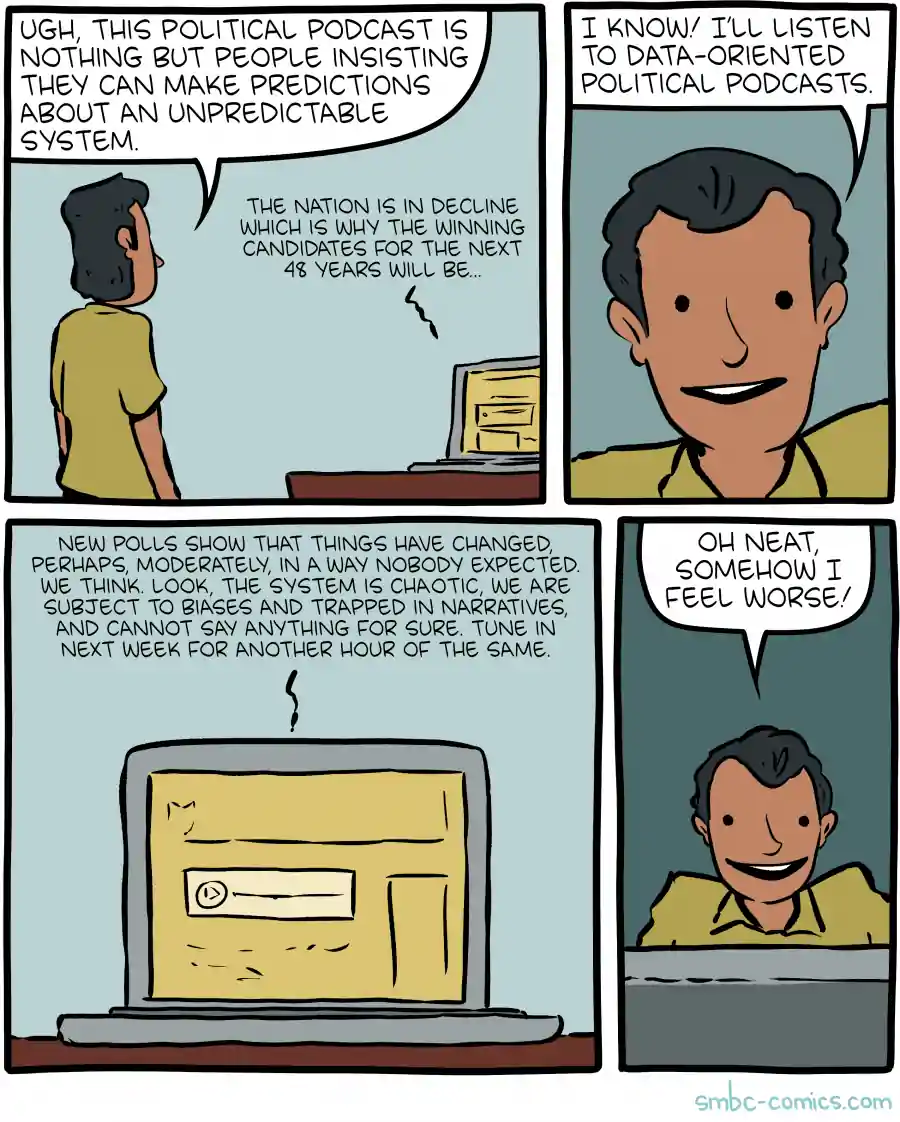


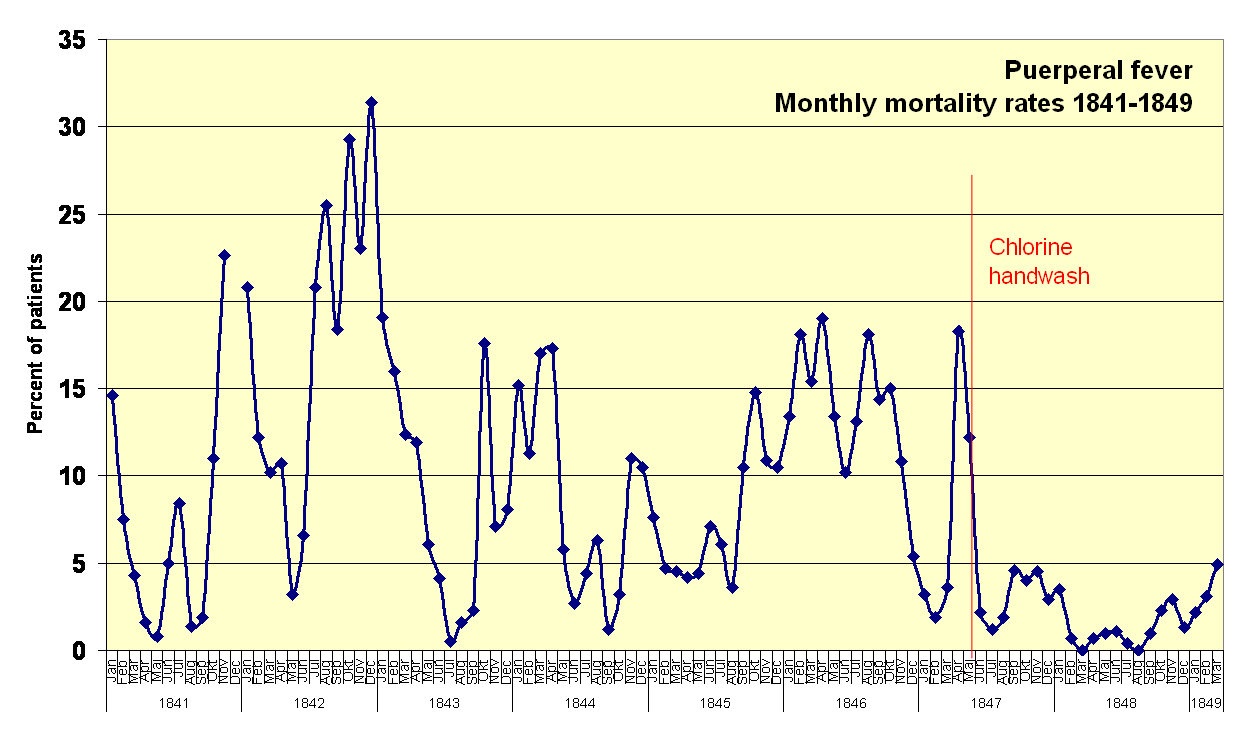
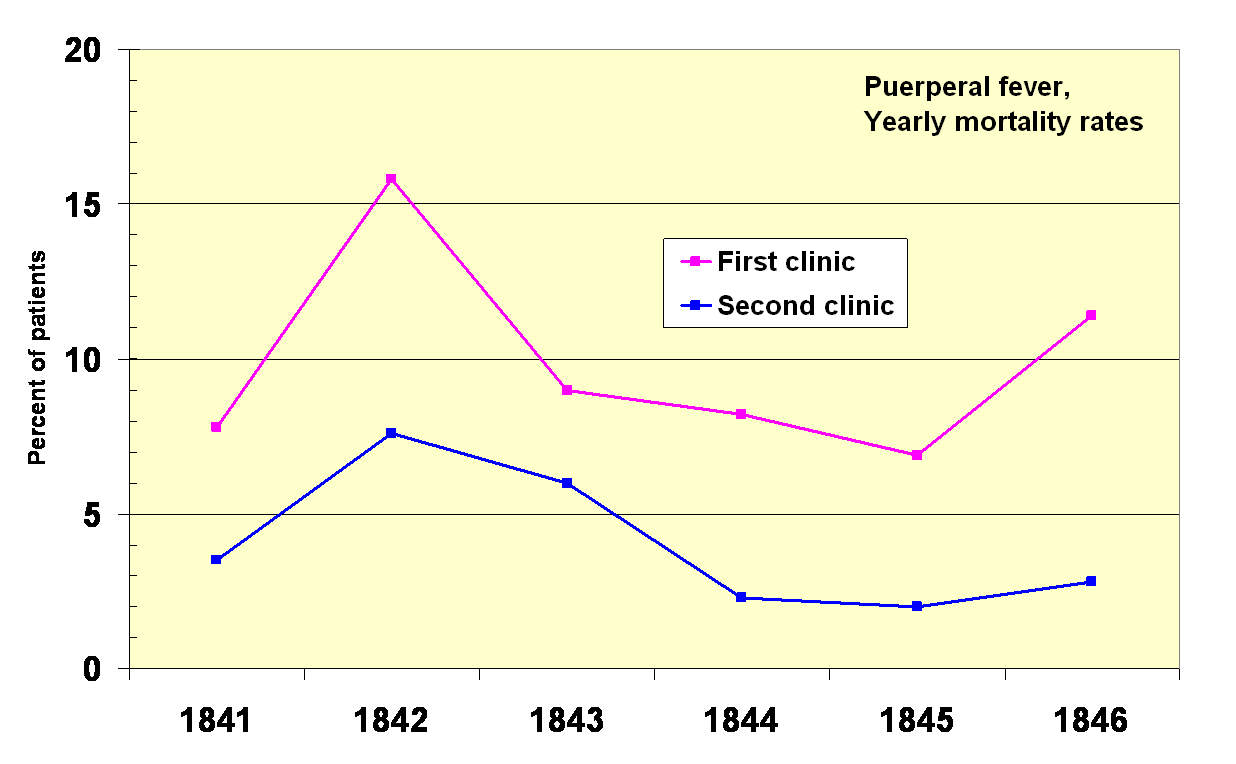

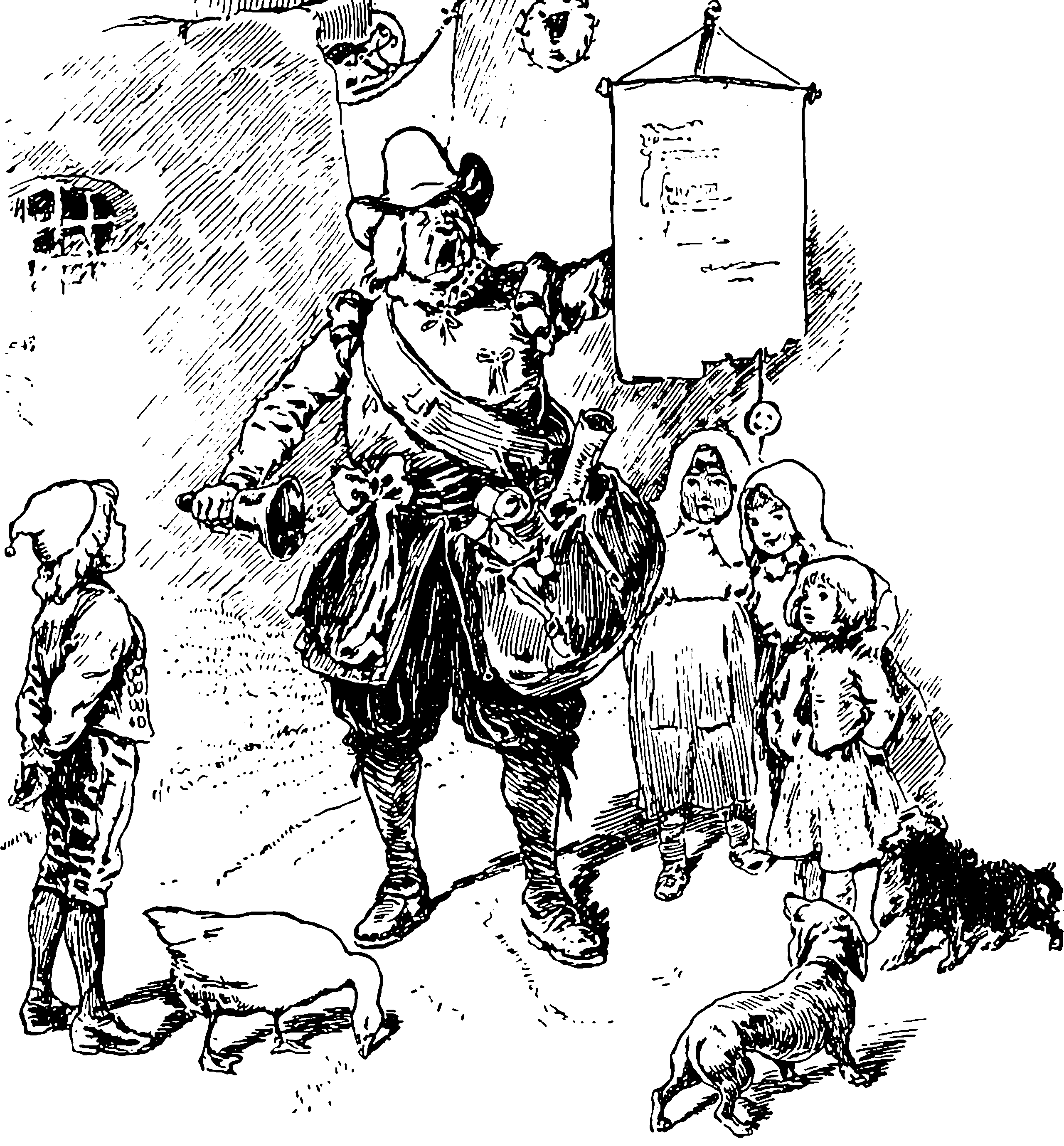
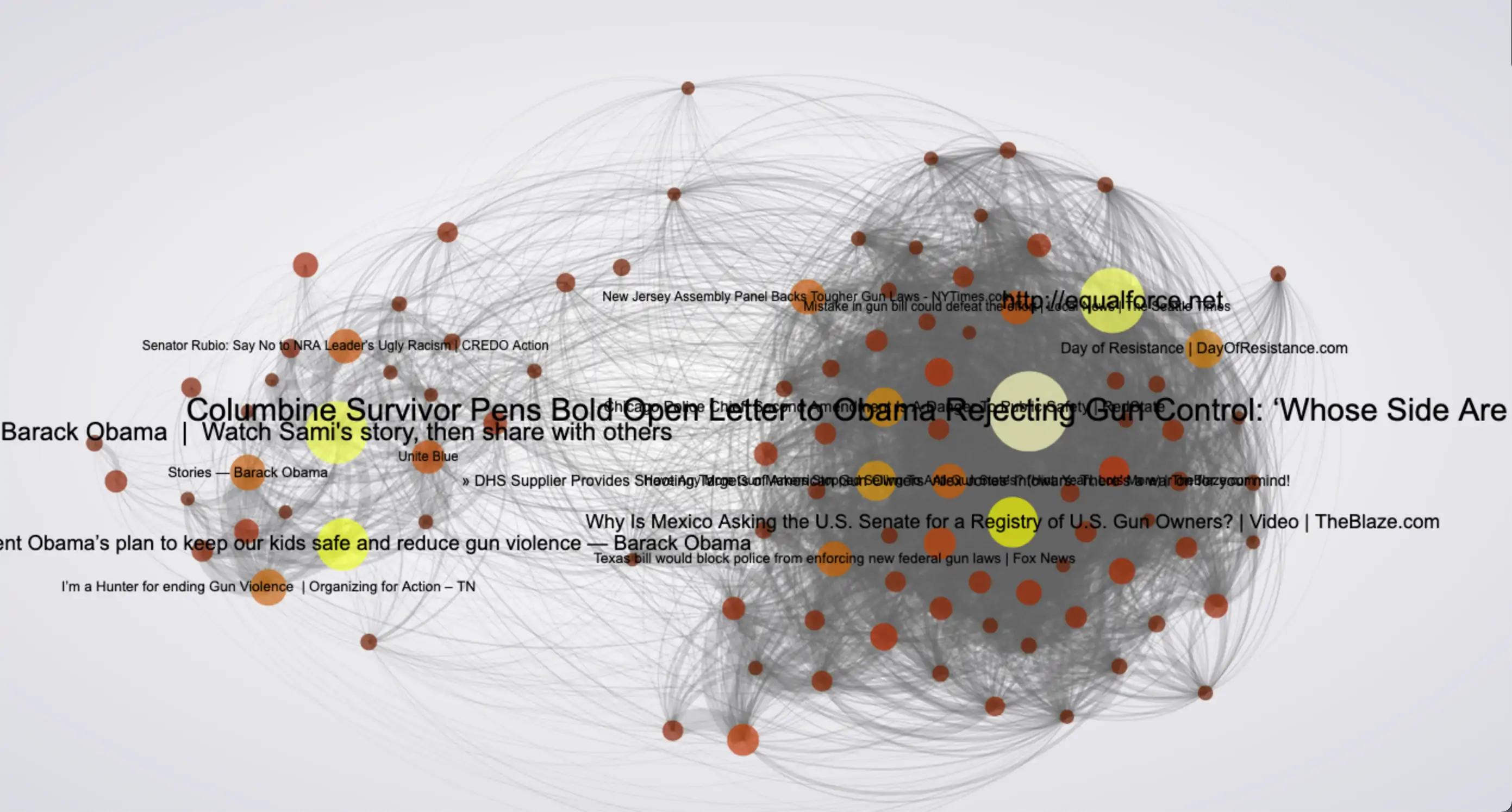
2 Social contagion is where campaigners can achieve leverage cheaply
One objection I hear from campaigner friends is that it is not helpful to know about social contagion in beliefs because there is no way to influence social contagion. This is false in the strict sense; we intervene in social contagion all the time in the course of our lives, as that is what human interaction is. This blog post has likely travelled to you through some social network or other.
We might, however, admit that in any given case we may not immediately see social-network-based strategies which are fast or cheap or scalable, or some other desirable quality. Thinking back to the analogy with epidemiology, we can imagine the same objections being raised to the early germ theorists. “What use is this germ theory? It is not like it gives us any way of controlling disease.” And likely the early germ theorists, too, despaired of the possibility of teaching people to wash their hands or boil their water. Back then, though, the answer was “So let us throw that in the bin and return to treating diseases as caused by miasmas.” Rather it was to use contagion theory to decide what to investigate next and devise strategies informed by contagion models. And that is how we were able to unlock new productive methods to control disease, from public education, through to modern antibiotics and vaccines, that have radically altered our ability as a society to cope with disease.
Moreover, to discount the importance of proactive social network methods is to discount the real and sophisticated organising methods. To discount that possibility is to ignore the social-network-based opinion changes that have in fact been stewarded by many and diverse groups, often in a sophisticated fashion. Social-network-based organising has been harnessed by campaigners for queer rights, by fascists, by communists, by unionists, by gun owners, by suffragists and anti-slavery campaigners, by civil rights campaigners and by churches, and now, by trolls, marketers, terrorists and recruiters.
TODO: example citation for each use?
From another angle again, Tokita, Guess, and Tarnita (2021) suggests that intervening in social networks is how radicalisation works. In studying Twitter users they discover that people choose to self-segregate by news source. TODO - that’s polarization. connect to terrorism radicalisation pathway?
Peer pressure has complicated dynamics depending on the structure of the communities (Damon Centola 2010).
For a case study which illustrates perfectly how this plays out, I recommend the podcast Absolutely Devious Lick.
Social brain hypothesis (Bretherton and Dunbar 2020; Dunbar 1993) pro-social group behaviour (Boyd and Richerson 1992; Richerson, Boyd, and Henrich 2003)
How good are we at forming good facty beliefs? Scott Alexander discusses the irritating case study of bodybuilders suggests…. tl;dr: We are not very good at facty beliefs?
Via Byrne Hobart, Odlyzko and Tilly (2005):
An interesting phenomenon happens with free speech;
Or, more exotic for me, Open Source Defense — “100% gun rights, 0% culture war”.
The most generous interpretation of these projects, which I personally incline to, is that here are some individuals who truly wish to engage across the political spectrum, burst filter bubbles and make society as a whole work as a collective project (even though they might disagree with me about some details). The least generous interpretation of those projects is that they are led by people pushing malign agendas who wish to make the other side look shrill and aggressive. Of course, we can have both. Whichever you believe is their intent, if you believe these projects have a chance of success, the rational response seems to be to meet their onslaught of openness, reason and curiosity with openness, reason and curiosity of your own.
In fact there are variant strains of social contagion hypotheses in circulation, depending on how broadly or narrowly we define the terms here, but I think we can gloss over that for now.
There is another concept that is very useful here:
Why do we want to think about social graphs? Because these are where we get opinions from.
For a small number of people, who study bushfires, or who live through them, or who suffer from a serious COVID-19 (or vaccine) side effect, their information is not so much a political opinion; they have information of different kinds. But for most of us, our information about these society-wide problems and responses is a political opinion.
For a smaller number of people, who study bushfires, or who live through them, or who suffer from a serious COVID-19 (or vaccine) side effect, their information is not so much a political opinion; they have information of different kinds. But for much of the public, our information about these society-wide problems and responses is a political opinion. And those political opinions, although we might think otherwise, are transmitted to us through our social graph. Let us look at some of the evidence about this.
This is how doing something to fit in with our peers can feel like taking a stand against a society gone mad.
We often get this wrong. I get this wrong every time I try to change a relative’s mind by arguing with them about something; Every time I do that I am falling prey to the fallacy that they (or I) get opinions from argument. I am not saying persuasion of this sort never happens, but certainly being persuaded by argument is an infrequent occurrence for me, if I am being honest with myself, and it is slow hard work for the poor soul who seeks to persuade me.1
Outgroup biases mean that it is hard for us to have good models of how other people form their own beliefs; those people in that group all think alike. They are not diverse and independent-minded like us over here. Pro-tip: Everyone in every group thinks that, and few of us have data to back it up.
Starting Not Your Imagination— Society Is Going Insane and I Can Prove It
We underestimate how social our beliefs are
the social networks through which we get our opinions are hard to reason about
as a result, we operate on other models
By focusing on those effects we tend to discount a more important effect, which is that social networks can explain most of what we believe
For bonus time we could consider persuadability, evidence from influencers, and data from the internet, covariates like in-group membership and status, etc. We can muddy the waters by talking about how homophily and contagion are indistinguishable by observation; mention the obesity question.
I do not notice social contagion. Social contagion feels like
(Goel, Mason, and Watts 2010):
Some of our preferences clearly are pretty hard-wired in and come from some other place (god? genes? zodiac?). We don’t really need to worry about THAT here though, because opinions are more like roller skates than sexual orientation. That is, they are more like fashion items than hard-wired choices.
Antonio García Martínez, in The Holy Church of Christ Without Christ, belabours the point that faith-based engagement is how we predominantly engage with the world. Or, as Herbert Simon and Eliezer Yudkowsky could have co-authored, belief is how a heuristic feels from the inside.
When it comes to statistics, we understand bucket models very well and have been working with them for a long time. This makes sense when you look at all the early successes of statistics in agriculture and industry going back more than a century. If you are trying to learn which breed of cow is best to keep on your farm, then it makes sense to analyse cows in terms of which breed/bucket that cow comes from.2
Social network models are much newer and less well understood, but they are also very important. A big example from recent history is epidemiology, the study of the spread of a disease. If I try to understand my risk of catching a disease by a bucket model, then I am throwing out much useful information. To work out my risk of catching COVID-19, for example, there is some information in which demographic bucket you can assign me to, but really, the most informative bit of information about my risk of catching COVID-19 is whether I have been in contact with someone else who has the disease. That is, COVID-19 spreads along certain connections in my social graph.
And indeed we should expect the similarity to viruses to not be absolutely perfect for every possible idea. There is no literal physical bacterium or virus which transmits ideas around in little strands of RNA or DNA.
OK, what exactly do I mean here by social contagion of beliefs? Do I mean that ideas are literally like viruses, and that there is some tiny molecule that carries belief from one person to another? Absolutely not. The ways that contagious beliefs are like contagious diseases is in their broad-brush behaviour. Ideas can rapidly spread from person to person, and the greater the contact the greater the potential is for transmission. If two groups are very separated they will not transmit ideas, and so on. You get the idea. Opinions and viruses can both be described very well in terms of epidemiology. Just as we understand how disease spreads by looking at person-to-person contact, so do we with ideas.
The overarching theme is that to understand why people believe things you need to see who they hang out with.
I disagree. In fact, it is one thing that we can do. Walking down the street to talk to someone new is within the reach of most citizens.
Points to touch upon:
The problem with models of people’s intrinsic personality types and values are several:
Do we need to go into HPS and observational experiments here?
Return to earlier example.
It has been battle-tested and weaponised.
2.1 Bringing people together in common cause
Even if you have personal qualms about the stringency of the sampling methodology used in biblical tales, the Bible has served as an excellent blueprint for recruiting for many churches throughout history.
2.2 Let’s go viral
In a social-contagion informed policy we start by considering what it means to go viral. We care less about whether someone responds to a message per se than we care about how likely they are to pass on a message, and who they will pass it on to, and how.
Here we want to know if things are retweetable.
Hayward (2005) explicitly uses an epidemic model to study the growth of churches, where the growth or stagnation of the church is due to the contagiousness of recruits in their infectious phase.
Caveats: Duncan J. Watts and Dodds (2007) finds that influentials are defined relatively; if people are easily persuaded to take on a new idea it might be worth identifying the influencers in the network, but for entrenched ideas, might want to try other methods.
Weak ties and superspreaders (Bakshy, Rosenn, et al. 2012; D. Centola and Macy 2007; M. S. Granovetter 1973)
2.3 The policy victory is the friends we made along the way
Making friends is the most powerful intervention we know to change people’s minds.
Peer networks overwhelm almost anything else in determining beliefs if they can be mobilised.
Are you worried about your opponent’s advertising campaign? Thanks to terrorist radicalisation research, we know that peer ties are stronger than advertising (S. C. Reynolds and Hafez 2019). Also, thanks to the well-studied QAnon and Antivax movements, we know that strong peer maintenance of a narrative can overwhelm a massive press barrage.
Popular in the study of health interventions. Straight up health interventions are especially well studied here. Reviews like Hunter et al. (2019) are unambiguous: “We recommend that the scientific community should move beyond individual-level approaches to design and test interventions that use the largely untapped potential of social networks to improve health behaviours and outcomes.”
Actual opinion leaders are better identified by communities themselves Thomas W. Valente (2006).
Famous paper (Rogall 2014) argues that face-to-face organisation was essential to perpetrate the Rwandan genocide. (Response to prior argument that the media was enough (Kellow and Steeves 1998).)
There is obviously less money for conservation-related studies. But see, e.g. de Lange, Milner-Gulland, and Keane (2021).
Intriguingly, some of the larger studies (D. A. Kim et al. 2015; Thomas W. Valente 2006) suggest that one thing that does not work well is for an outside observer to choose who the influencers/thought leaders are; what works much better is “peer nomination” methods. That is, even with deep reporting of the peer networks to researchers, the people in the network still intuit who to reach out to better than the researchers.